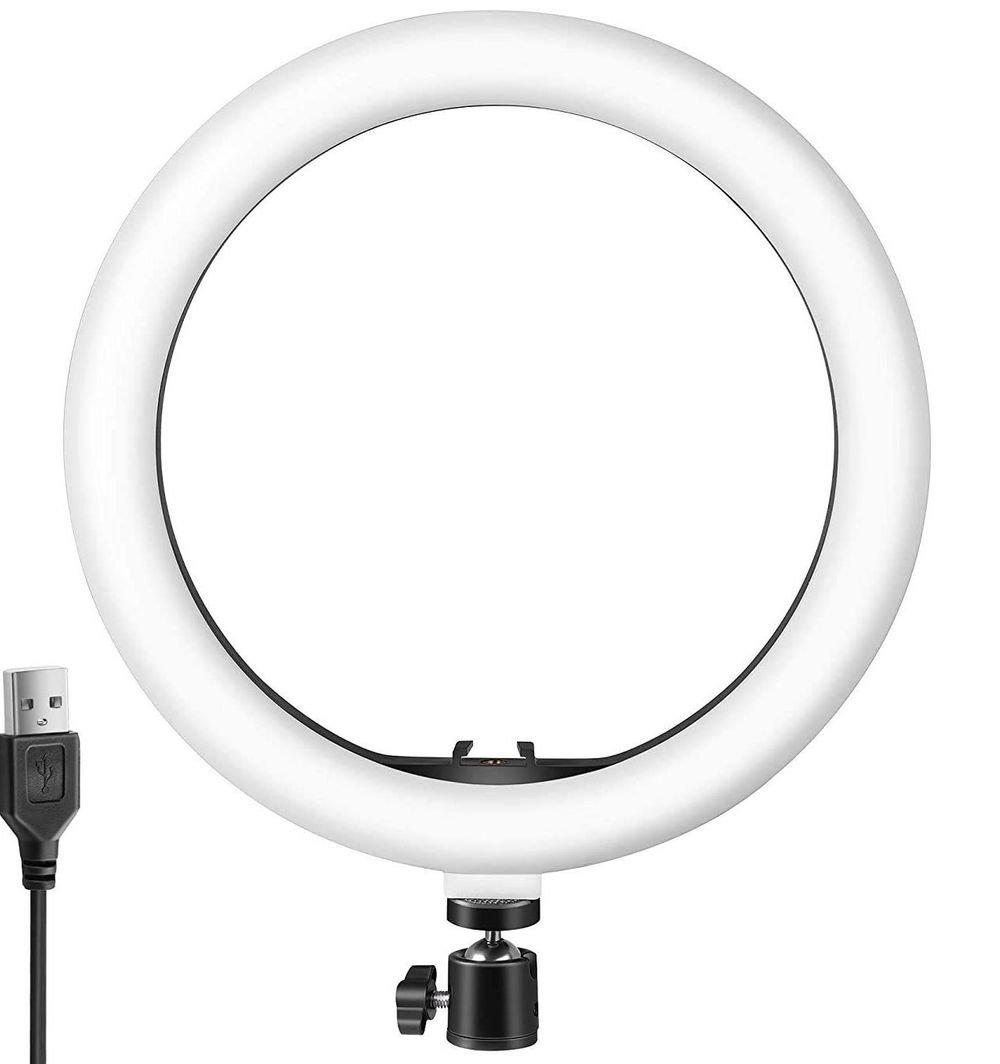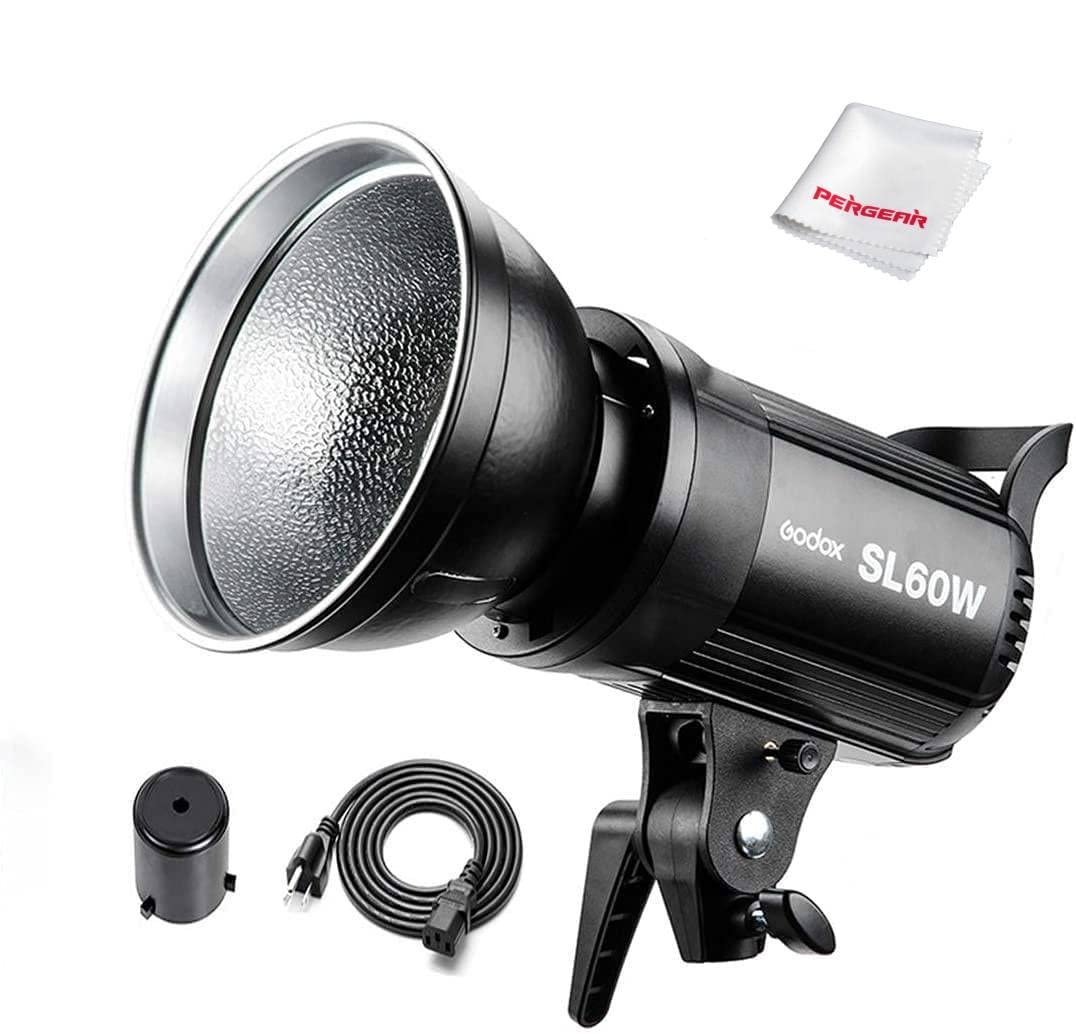If you've been working as a makeup artist for 3+ years, you’ve probably learned that not every job or collaboration is a good fit. By now, you’ve built up some experience and skills, so it’s important to be strategic about the inquiries you take. While it can be tempting to say "yes" to every opportunity, not all of them will help you grow or advance your career. To avoid wasting time and energy, it's essential to evaluate each job based on four key factors: Connections, Portfolio, Payment and Enjoyment. Before accepting any gig, make sure it checks off at least two of these boxes to ensure it's worth your time.
1. Connections: Building Your Network
Connections are one of the most valuable assets you can have as a makeup artist. Whether you’re doing a celebrity’s makeup or working on a local photoshoot, the people you meet along the way can open doors to new opportunities and collaborations. Building relationships with photographers, planners, models, influencers, and other industry professionals can lead to future bookings, referrals, and exposure. These connections not only enhance your visibility but also help you stay updated on industry trends and insider knowledge. Over time, the people you work with will become part of your professional network. You never know where the person next to you will be a couple of years from the moment you meet them.
Takeaway: If the job gives you the opportunity to connect with cool people that aligns with your market, it’s worth considering, even if the other factors (portfolio and payment) aren’t perfect.
2. Portfolio: Showcasing Your Talent
Your portfolio is what represents you. It’s what potential clients and employers will look at when deciding whether they want to work with you. Whether it’s Fashion, bridal makeup, editorial, or theatrical transformations, a strong portfolio demonstrates your skills. Building a strong portfolio is essential. It’s not just about the number of photos, but the quality and direction it showcases. If a job offers you the chance to work on something unique that either elevates or aligns with your niche in the industry, that’s a significant plus.
Takeaway: If a job helps you add something valuable to your portfolio, even if it’s not the highest-paying gig, it can pay off in the long run.
3. Payment: Valuing Your Work
At the end of the day, your time and talent are worth something. Payment is a straightforward yet important factor when deciding whether to accept a job. While passion and experience are important, it’s also crucial to ensure you’re being compensated fairly for your skill set. Aspiring makeup artists may feel tempted to work for little to no pay in exchange for exposure, but the reality is that undervaluing your work early on can create a pattern that's difficult to break. Ideally, a job should offer compensation that reflects the time, effort, and expertise required, based on your skill level and the area that you're in.
Takeaway: If the job offers good pay, that’s a definite plus. But if payment is low or non-existent, consider whether the opportunity provides a good trade-off in terms of connections or portfolio growth.
4. Enjoyment: Loving What You Do
Enjoyment is often overlooked but is just as crucial as the other factors. A job that excites you or aligns with your passions can provide much more than just a paycheck—it can spark your creativity and inspire you to keep growing. Working on projects you genuinely enjoy can keep you motivated and energized. If a job brings joy and fulfills your creative drive, it can be an invaluable experience, even if the payment isn’t great or the connections are limited.
Takeaway: If the job excites you and brings joy, it’s worth considering, even if the pay and connections aren’t ideal. Passion and enjoyment can help sustain you in the long run.
What If You’re Just Starting Out?
When you’re just starting out, checking off two boxes might be challenging. In these cases, focusing on one box, whether it’s building your portfolio with interesting work, making valuable connections, or taking on jobs that you genuinely enjoy—could be a better approach. As you gain experience and build your reputation, you’ll be in a stronger position to prioritize payment while still growing your network, portfolio, and passion for the craft.
Takeaway: As a newbie, focus on either portfolio, connections or enjoyment; whichever will help you most at that stage of your career. Don’t feel pressured to accept poorly paid jobs that don’t help you grow in one of these areas.
Conclusion:
In the world of makeup artistry, opportunities are abundant, but not all of them are the right fit for your growth. Before accepting a job, ask yourself: Does this job help me build connections? Does it add to my portfolio? Is the payment fair for my time and skills? Does it excite me and bring me joy? Ideally, you should aim to check off two of these boxes, but as a beginner, prioritizing one—whether it’s gaining experience, building relationships, enjoying the work, or earning decent pay—will set you up for a stronger future. Remember, every gig is an opportunity to grow. Choose wisely, and make sure the jobs you take help you move forward, not backward. Stay focused on your goals, and you’ll build a successful makeup artistry career in no time.
If there are any topics you would like me to write about, submit your suggestion to hello@akccreativestudio.com







